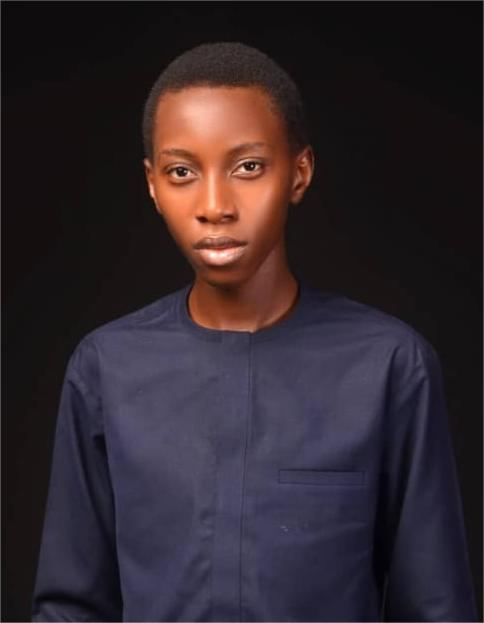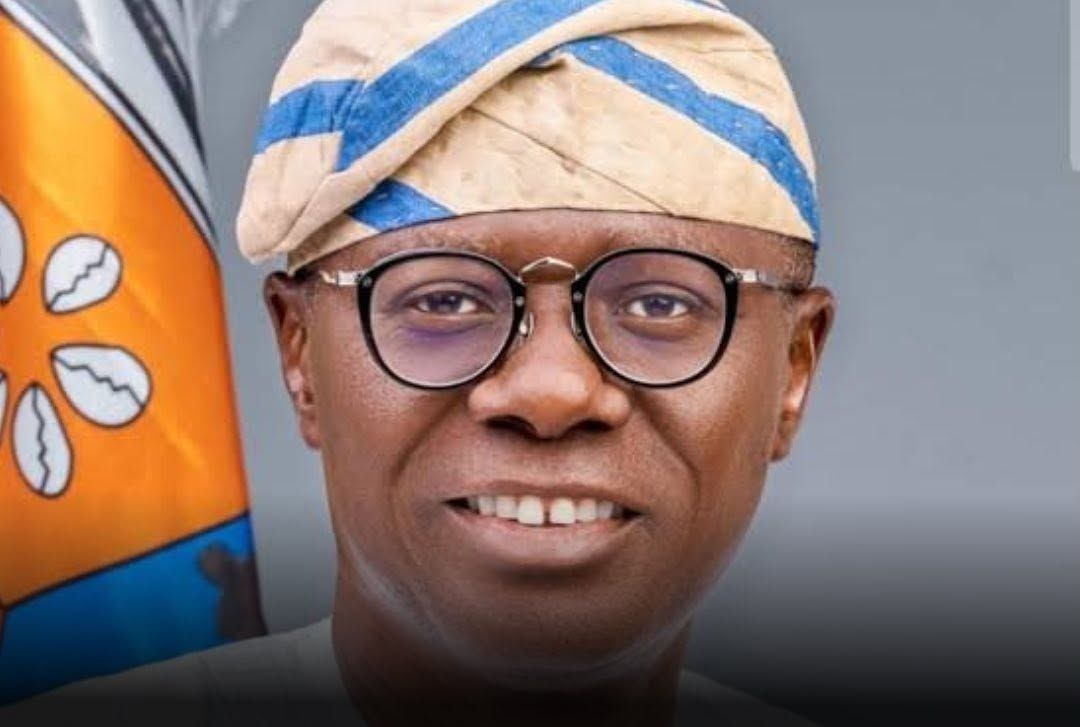
Meet Aderibigbe: The 16-Year-Old JAMB Star Scoring 336 and Aiming for Architecture Greatness

A recent post on X has shone a spotlight on an impressive young talent, 16-year-old Aderibigbe, a student at Starville International School in Jabi, Abuja.
This bright teenager achieved a remarkable score of 336 in the 2025 Joint Admissions and Matriculation Board (JAMB) Unified Tertiary Matriculation Examination (UTME), showcasing his academic prowess across key subjects.
Aderibigbe excelled with 98 in Mathematics, 86 in Physics, 84 in Economics, and 68 in English, marking him as one of Nigeria's standout performers in this highly competitive university entrance exam.
His ambition is to pursue a degree in architecture, with his sights set on either Covenant University or the prestigious University of Ibadan, two institutions renowned for their academic excellence and strong architecture programs.
Aderibigbe’s achievement is no small feat, especially when viewed against the backdrop of the 2025 JAMB UTME statistics.
Out of over 1.9 million candidates who sat for the exam, only 4,756 managed to score 320 or above, placing Aderibigbe in an elite group of top performers.
The JAMB UTME is a critical gateway to tertiary education in Nigeria, and such a high score reflects not only Aderibigbe’s dedication but also the rigorous preparation he undertook.
His subject combination—Mathematics, Physics, Economics, and English—aligns perfectly with the requirements for architecture, a field that demands both analytical and creative skills.
Covenant University, one of his target schools, requires candidates for its architecture program to have strong credits in Mathematics, English, and Physics, among other subjects, making Aderibigbe a strong contender for admission.
The X thread sparked broader conversations about educational equity in Nigeria, with several users pointing out disparities in media coverage.
While Aderibigbe’s achievement gained attention, others noted that high scorers from northern regions, such as a girl from Bama, Borno State, who scored 342, often receive less recognition.
This sentiment echoes long-standing concerns about regional imbalances in Nigeria’s educational landscape, as highlighted in a 2006 ResearchGate study on educational disparities.
The study linked such inequalities to ethnic and regional dynamics, suggesting that addressing these gaps could help create a more balanced system.
Aderibigbe’s story, while inspiring, underscores the need for more inclusive media representation of academic excellence across all regions, ensuring that every young talent, regardless of location, gets the spotlight they deserve.
Aderibigbe’s journey is a testament to the power of hard work and determination, inspiring other Nigerian students preparing for future JAMB exams.
His story also calls for a more equitable celebration of academic success nationwide.


